Optimal Timing for Root Cuttings
Root cuttings are most successful when performed during specific periods of the year, depending on the plant species. Generally, late winter to early spring is optimal for many woody plants, while some herbaceous plants may be best propagated in late summer or early fall. Timing is crucial to ensure the cuttings develop roots before the onset of dormancy or extreme weather conditions.
Late winter and early spring are ideal for woody plants, as they are entering active growth phases, promoting root development.
Herbaceous plants often root best in late summer or early fall, when soil temperatures are still warm but the plants are preparing to go dormant.
Consistent soil temperatures between 65-75°F (18-24°C) support successful root formation during propagation.
Timing root cuttings outside of dormancy periods reduces the risk of rot and increases rooting success.
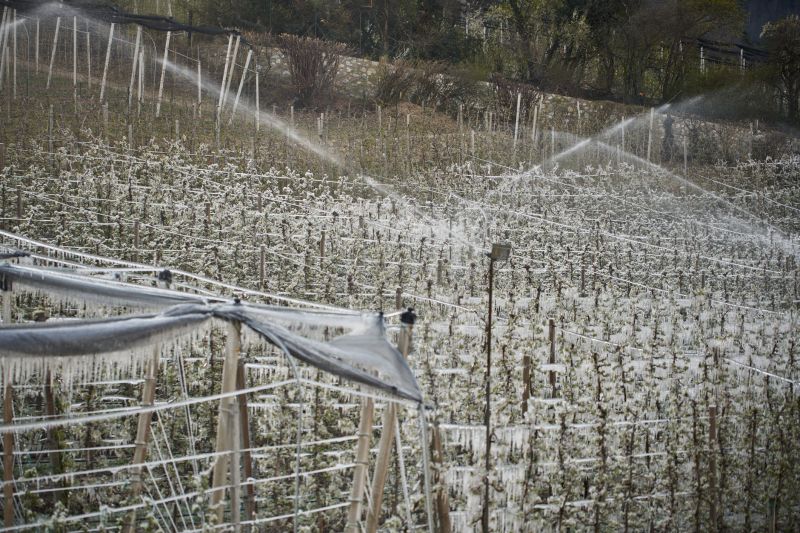
Winter root cuttings require protection from freezing temperatures to prevent damage.

Spring provides optimal conditions with increased soil warmth and plant activity.

Autumn root cuttings can establish roots before dormancy, leading to vigorous growth in spring.
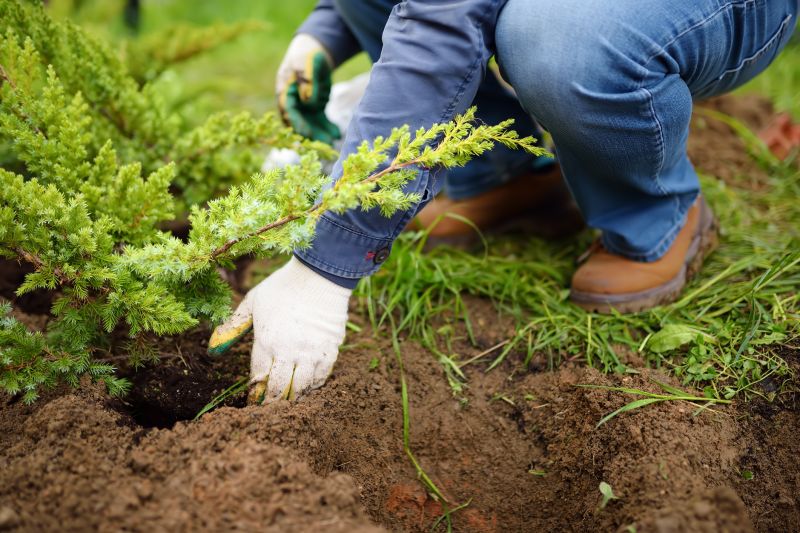
Ways to make Root Cuttings work in tight or awkward layouts.
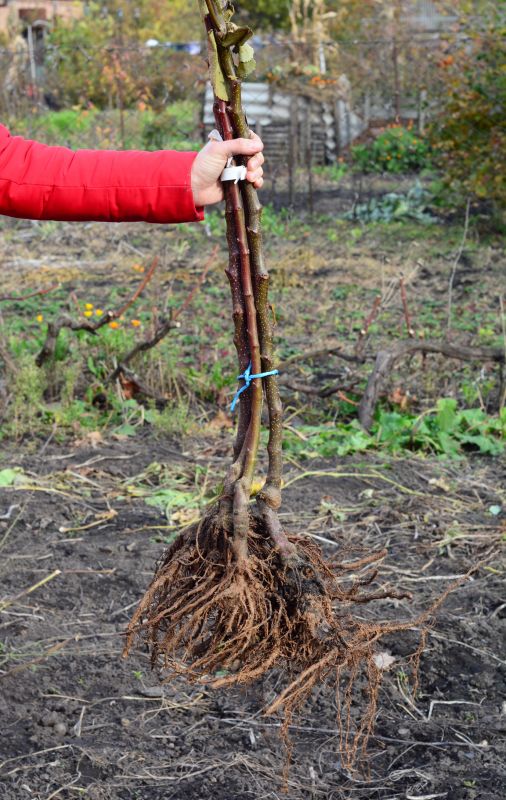
Popular materials for Root Cuttings and why they hold up over time.
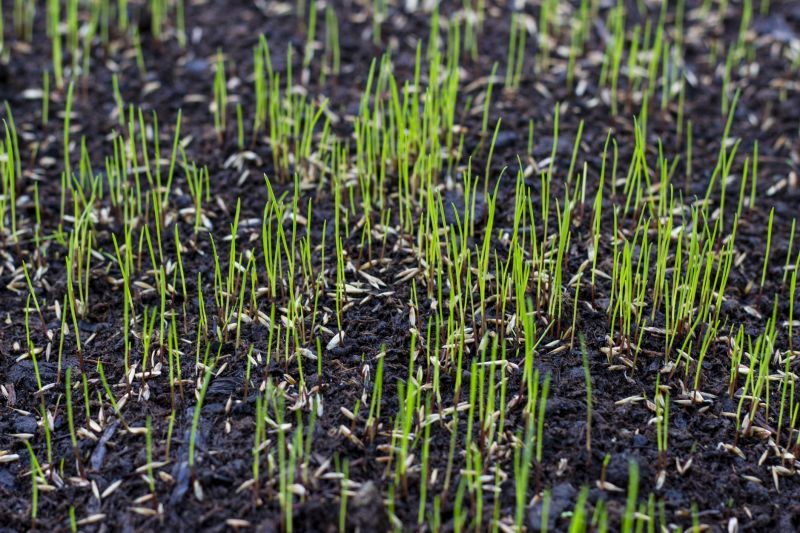
Simple add-ons that improve Root Cuttings without blowing the budget.

High-end options that actually feel worth it for Root Cuttings.
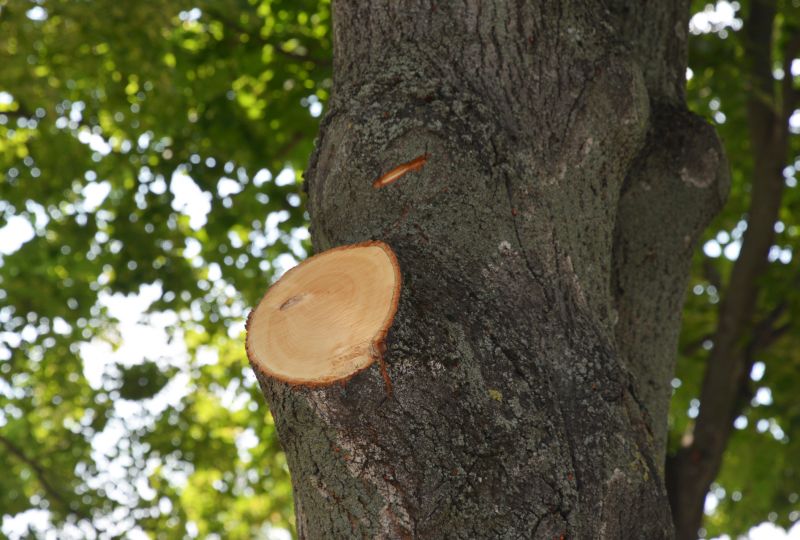
Finishes and colors that play nicely with Root Cuttings.
| Season | Best Practices |
|---|---|
| Winter | Use protection from cold; best for woody plants in dormancy. |
| Spring | Ideal for most woody plants; ensure soil is warm and moist. |
| Summer | Suitable for herbaceous plants; avoid extreme heat. |
| Autumn | Allows roots to establish before dormancy; suitable for many perennials. |
| Fall | Monitor soil moisture; avoid early frosts. |
Root cuttings are a common method for propagating many plant species. They involve taking a section of root tissue and encouraging it to develop into a new plant. This technique is especially effective for woody plants such as willows, viburnums, and certain fruit trees. Success rates depend on timing, species, and environmental conditions, with proper timing significantly increasing the likelihood of healthy root development.

Selecting healthy, disease-free roots enhances propagation success.

Plant root segments horizontally at appropriate depths for optimal growth.

Use sharp tools to obtain clean cuts and prevent damage.
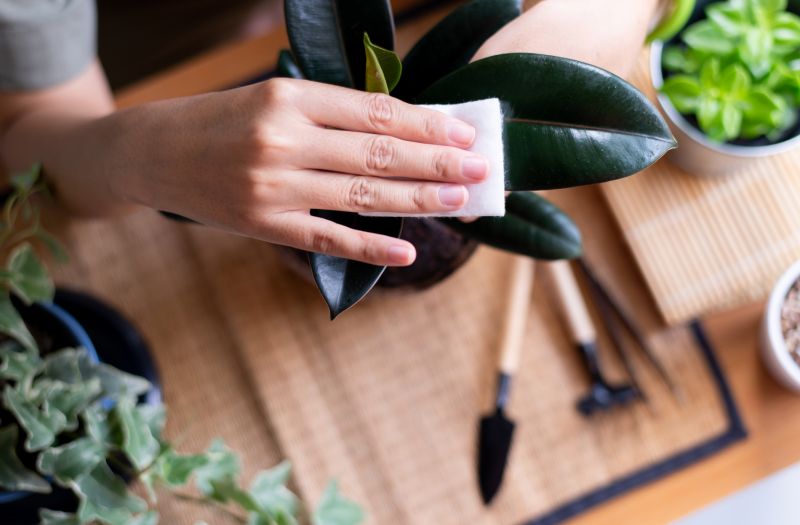
Maintain consistent moisture and temperature for best results.

Little measurements that prevent headaches on Root Cuttings day.

A 60-second routine that keeps Root Cuttings looking new.
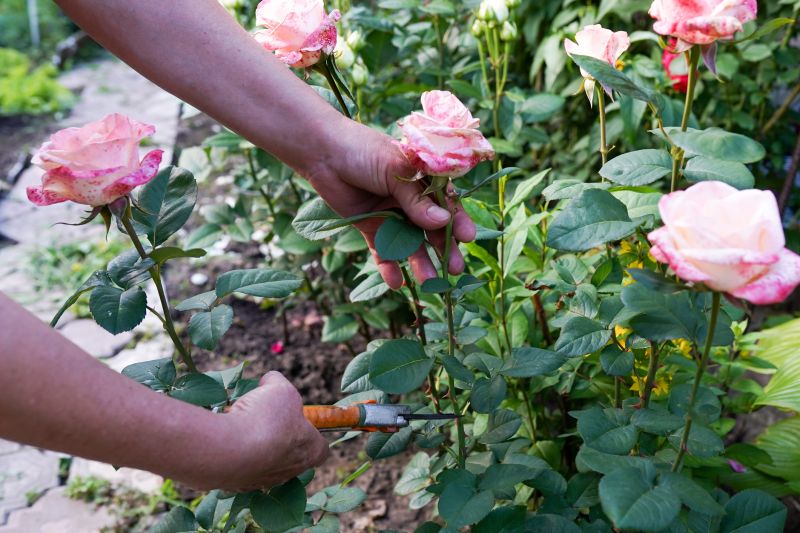
A frequent mistake in Root Cuttings and how to dodge it.

Small tweaks to make Root Cuttings safer and easier to use.
Timing root cuttings correctly ensures the highest success rate. Proper environmental conditions, including soil temperature, moisture, and timing within the plant's growth cycle, are critical factors. Root cuttings taken during the right season tend to develop more robust root systems, leading to healthier and more vigorous new plants.
